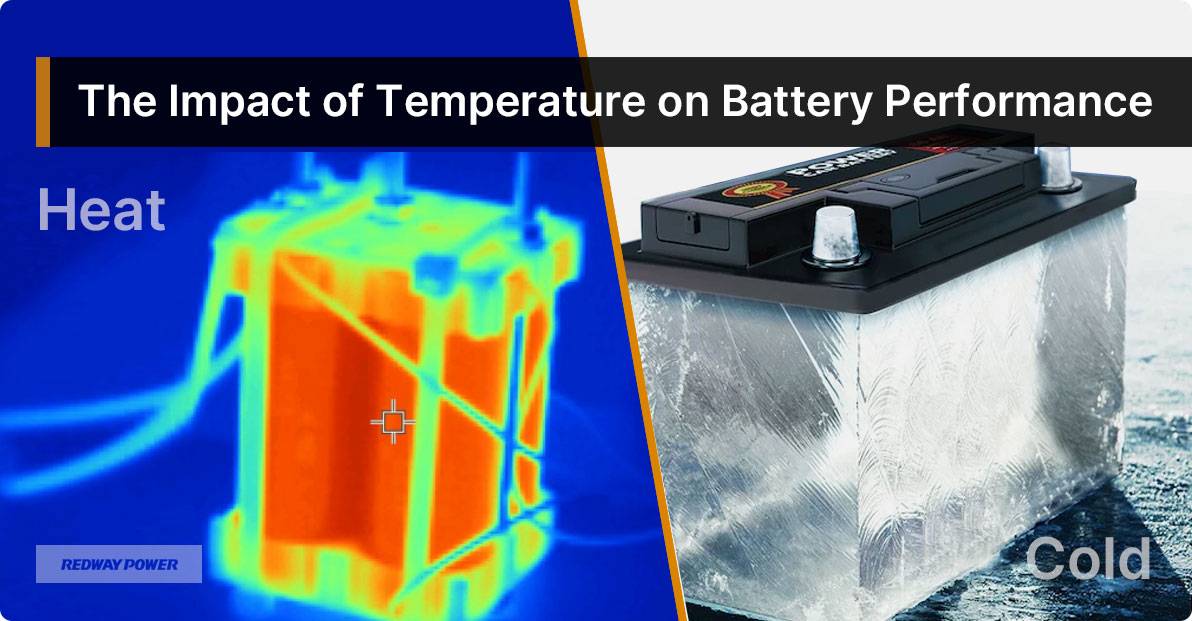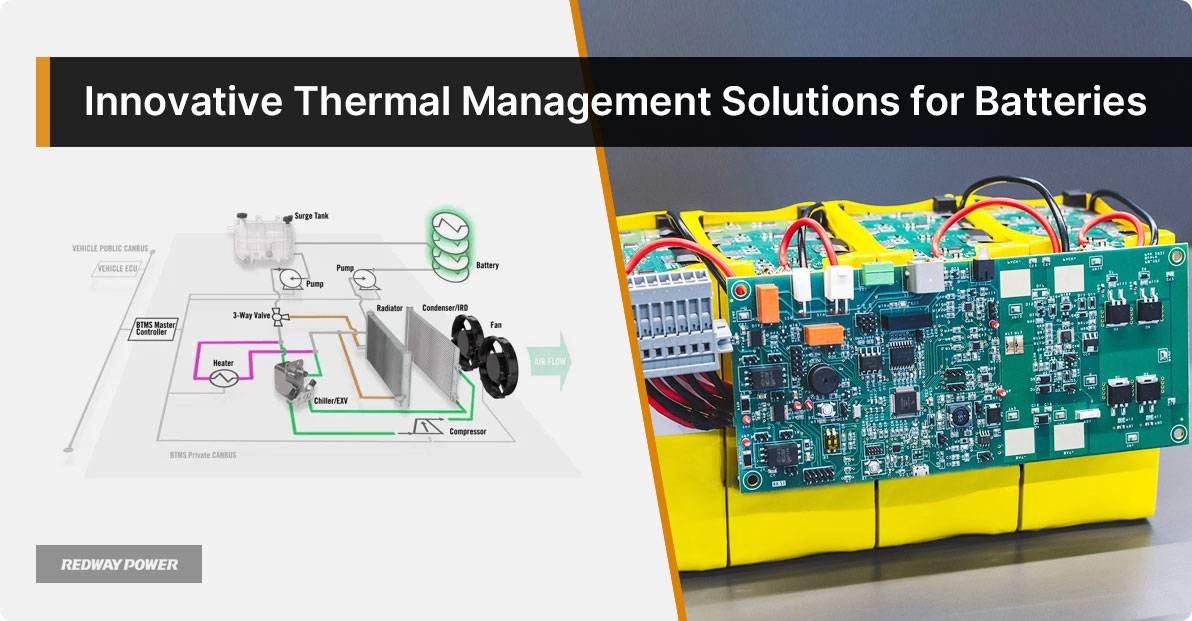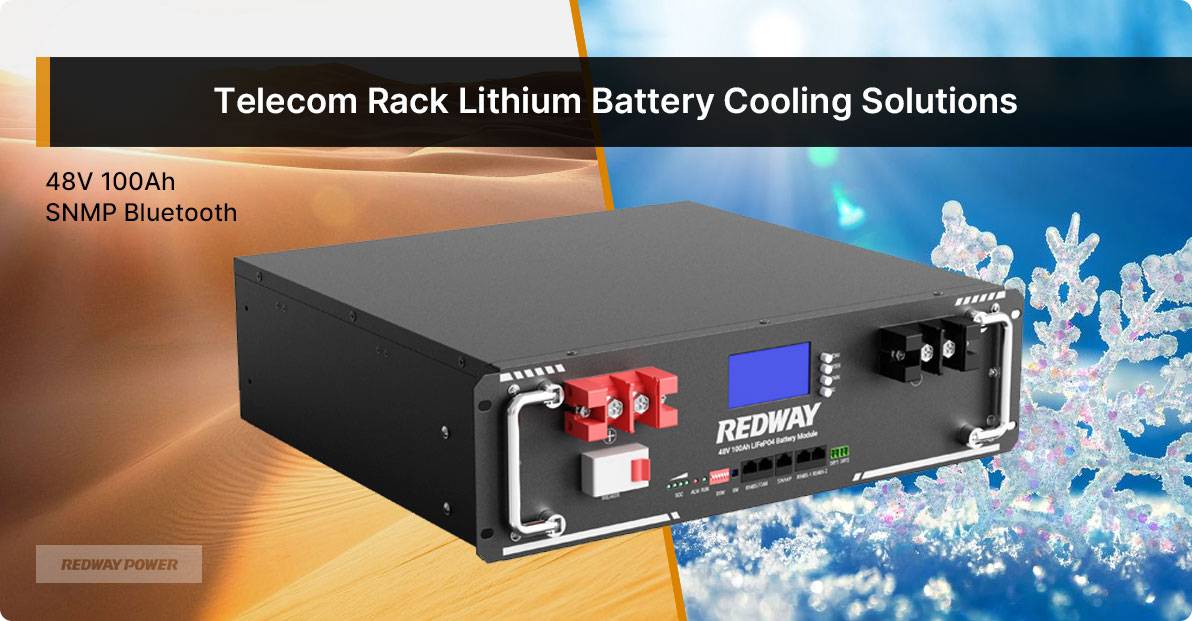Innovative thermal management is crucial for battery performance. From golf carts to marine vessels, advanced cooling systems regulate temperature, enhancing efficiency and lifespan. Future advancements promise more efficient solutions tailored to diverse applications, driving sustainability and reliability in battery technology.
The Impact of Temperature on Battery Performance
Discover why temperature matters for batteries! High temperatures reduce lifespan and can lead to fires, while extreme cold affects power delivery. Thermal management systems keep batteries safe and efficient. Innovative cooling solutions regulate temperature during charging for better performance. Optimal temperature control enhances battery reliability and longevity.
Understanding the impact of temperature on batteries is crucial for their performance. Let’s break it down:
- Heat vs. Cold: High temperatures can shorten battery lifespan and even cause fires, while extreme cold reduces power delivery efficiency.
- Thermal Management: Systems are in place to regulate battery temperature, ensuring safety and efficiency.
- Cooling Solutions: Innovative cooling methods help maintain optimal temperature during charging, enhancing battery reliability and longevity.
Maintaining the right temperature is key to ensuring your batteries work effectively and last longer.

Traditional Thermal Management Solutions for Batteries
When it comes to keeping batteries cool, there are traditional methods that have been used for a long time. These methods involve different ways to manage heat so that batteries can work efficiently and safely. Let’s explore some of these methods in more detail.
- Passive Cooling: This method uses materials that are good at conducting heat, like metals, to help dissipate heat away from the battery. It’s like how metal pots get hot when you cook on them—the heat spreads out and cools down.
- Active Cooling: With this approach, devices like fans or liquid cooling systems are used to actively remove heat from the battery. It’s similar to how a fan cools you down on a hot day by moving air around.
- Built-in Heat Sinks and Casings: Some older batteries have special parts called heat sinks or metal casings built into them. These parts help absorb and spread out heat during charging and discharging, keeping the battery from getting too hot.
Conclusion: While these traditional methods have been effective, new technologies are always being developed to make batteries even better. By keeping batteries cool, we can make sure they work well and last a long time, which is important for all kinds of devices we use every day.
Innovative Thermal Management Solutions for Batteries
Innovative thermal management solutions for batteries are revolutionizing performance. Phase change materials regulate temperature fluctuations, extending battery life. Advanced cooling systems like liquid cooling prevent overheating, ensuring consistent operation. Smart systems adjust cooling based on real-time data. Thermal interface materials enhance heat transfer, improving efficiency. These advancements ensure efficient and sustainable power for devices.
Innovative thermal management solutions are changing how batteries work. Let’s explore some easy-to-understand details about these advancements.
- Phase Change Materials: These are special substances that absorb and release heat to keep batteries at the right temperature. They help extend battery life by preventing overheating and maintaining optimal conditions.
- Advanced Cooling Systems: New cooling methods, like liquid cooling, actively remove heat from batteries during charging and discharging. This prevents damage and ensures batteries work consistently.
- Smart Systems: These use sensors and controls to adjust cooling based on real-time data. They make sure batteries stay safe and perform well without wasting energy.
- Thermal Interface Materials: These improve heat transfer between batteries and cooling systems. By reducing resistance, they help batteries stay cool and work efficiently.
These innovations are making batteries more reliable and efficient, powering our devices in better ways.

Efficient Cooling Solutions for Golf Cart Batteries
Efficient cooling is crucial for golf cart batteries to perform well and last long. Innovative cooling systems, like liquid cooling or air circulation, prevent overheating during use. These solutions ensure consistent performance, longer battery life, and reliability on the golf course. Investing in advanced cooling tech for your golf cart batteries improves driving experience and saves money in the long run.
Efficient cooling is crucial for keeping golf cart batteries running smoothly, especially during long rounds on the course. Let’s explore how innovative cooling solutions can help enhance battery performance and longevity.
- Active Cooling Methods:
- Active cooling methods like liquid cooling or air circulation are used to prevent batteries from overheating during use.
- These systems work by dissipating excess heat, ensuring that the batteries maintain optimal temperature levels throughout the golf cart’s operation.
- Improved Performance and Longevity:
- Efficient cooling solutions enhance battery performance by preventing overheating, which can lead to reduced efficiency and lifespan.
- By maintaining optimal temperature levels, golf cart batteries can deliver consistent power output and last longer, reducing the need for frequent replacements.
- Cost Savings and Enhanced Experience:
- Investing in advanced cooling technologies for golf cart batteries can result in cost savings over time.
- By prolonging battery life and reducing the risk of damage due to overheating, golf cart owners can enjoy a more reliable and enjoyable driving experience on the course.
In summary, efficient cooling solutions play a vital role in optimizing the performance, longevity, and reliability of golf cart batteries, ultimately enhancing the overall driving experience for users.
Thermal Management Systems for RV Batteries
Efficient temperature control is crucial for RV batteries. Advanced systems like active cooling and smart temperature control regulate temperature effectively, ensuring longer battery life and better performance during trips. These solutions enhance the RV experience by providing reliable power in diverse weather conditions.
Efficient temperature control is vital for RV batteries to function optimally during trips. Let’s explore how advanced thermal management systems enhance battery performance and longevity for a better RV experience.
- Active Cooling: These systems use mechanisms like fans or liquid cooling to regulate battery temperature.
- Smart Temperature Control: Advanced algorithms adjust cooling based on real-time data to maintain ideal temperature ranges.
- Longer Battery Life: Proper thermal management ensures batteries last longer, providing reliable power during diverse weather conditions.
Implementing these solutions can significantly enhance the RV experience, ensuring dependable power for adventures on the road.

Marine Battery Heat Regulation Solutions
Marine enthusiasts rely on efficient battery performance for smooth sailing. However, the water environment poses challenges to heat control. Innovative solutions now address this, like water-cooled systems that circulate coolant to prevent overheating. Some use phase change materials to regulate temperature, while smart systems monitor and control heat in real-time for peak performance on the water.
For boat lovers, ensuring batteries work well at sea is vital. Yet, the water environment can make managing battery heat tough. Let’s explore how new solutions tackle this issue.
- Water-Cooled Systems: These innovative setups circulate coolant around batteries to prevent overheating. By keeping temperatures in check, they extend battery life and ensure smooth sailing experiences.
- Phase Change Materials: Some boats use materials that absorb excess heat during charging and release it when needed. This helps regulate battery temperature, enhancing performance and durability on the water.
- Smart Thermal Management: Modern boats are integrating smart systems with sensors to monitor and control battery heat in real-time. This ensures peak performance and reliability, even in challenging marine conditions.
By adopting these advancements, marine enthusiasts can enjoy worry-free sailing adventures with optimized battery performance.
Home Energy Storage System (ESS) Thermal Control Solutions
Home Energy Storage System (ESS) Thermal Control Solutions are vital for maintaining battery efficiency and safety in residential settings. Innovative technologies like liquid cooling and phase change materials regulate battery temperature, optimizing energy storage capacity and lifespan. Investing in these solutions ensures reliable performance, minimizes risks of overheating or fire incidents, and reduces long-term maintenance costs for homeowners.
Home Energy Storage System (ESS) Thermal Control Solutions are essential for keeping batteries safe and efficient in homes. They use advanced methods to regulate battery temperature, ensuring optimal performance and longevity.
- Innovative Technologies: ESS thermal control solutions employ cutting-edge techniques like liquid cooling and phase change materials. These methods effectively manage battery temperature, maximizing energy storage capacity.
- Benefits for Homeowners: Investing in these solutions provides numerous benefits for homeowners. They ensure reliable battery performance, minimize risks of overheating or fire, and reduce long-term maintenance costs.
- Enhanced Safety: By maintaining batteries at optimal temperatures, these solutions enhance safety in residential settings. They mitigate the risk of thermal runaway or fire incidents, promoting peace of mind for homeowners.
Overall, Home Energy Storage System Thermal Control Solutions are indispensable for optimizing energy storage and ensuring safety in homes.

Telecom Rack Lithium Battery Cooling Solutions
Telecom rack lithium battery cooling is essential for reliable communication. Advanced materials and smart cooling systems regulate temperature effectively. These solutions extend battery lifespan and enhance system reliability for telecom companies. Expect more sophisticated cooling strategies as technology evolves.
Telecom rack lithium battery cooling is crucial for keeping communication services running smoothly. Let’s explore why efficient cooling solutions are necessary for these batteries and how innovative technologies help in maintaining optimal performance.
- Importance of Efficient Cooling: Telecom rack lithium batteries are vital for ensuring uninterrupted communication services. However, they generate heat during operation, which can affect their performance and lifespan if not managed properly.
- Innovative Cooling Technologies: Advanced cooling solutions are being developed to regulate the temperature of these batteries effectively. These solutions may involve incorporating special thermal materials within the battery design or using intelligent cooling systems equipped with sensors.
- Enhanced Battery Lifespan and Reliability: Implementing efficient cooling solutions prolongs the lifespan of lithium batteries and enhances overall system reliability for telecom companies. As technology advances, we can expect even more sophisticated cooling strategies tailored specifically for telecom rack applications.
By adopting these cutting-edge cooling solutions, telecom companies can ensure that their communication systems remain operational even during challenging conditions, ultimately benefiting both businesses and consumers.

What is the future scope of battery thermal management system?
The future of battery thermal management systems looks bright as technology advances. Expect more efficient cooling tech tailored for different batteries. Smart monitoring may become common, adjusting cooling based on usage and environment. These innovations promise greener, more sustainable energy storage solutions across industries. Exciting developments lie ahead in battery thermal management systems!
Let’s explore the exciting prospects ahead for these systems.
- Innovative Cooling Technologies: Expect to see the development of advanced cooling methods tailored for different types of batteries. These technologies will enhance cooling efficiency while being compact and cost-effective.
- Integration of Smart Monitoring Systems: The future may bring intelligent monitoring and control systems that adjust cooling based on real-time data. These systems will optimize battery performance according to usage patterns and environmental conditions.
- Contributing to Sustainability: As battery thermal management systems become more efficient, they will play a crucial role in promoting sustainability across industries. These systems will enable greener energy storage solutions, contributing to a cleaner environment and a brighter future.
The future of battery thermal management systems holds great promise for enhancing energy storage capabilities and advancing sustainability efforts. Exciting developments lie ahead as researchers and engineers continue to innovate in this field!

